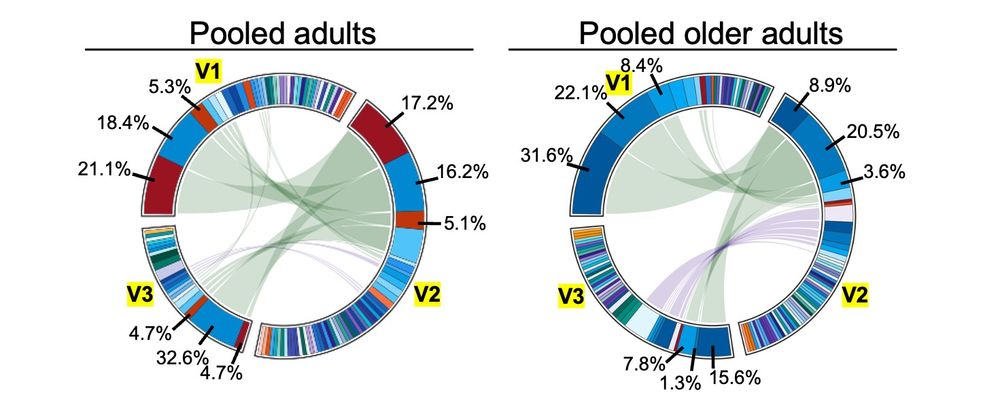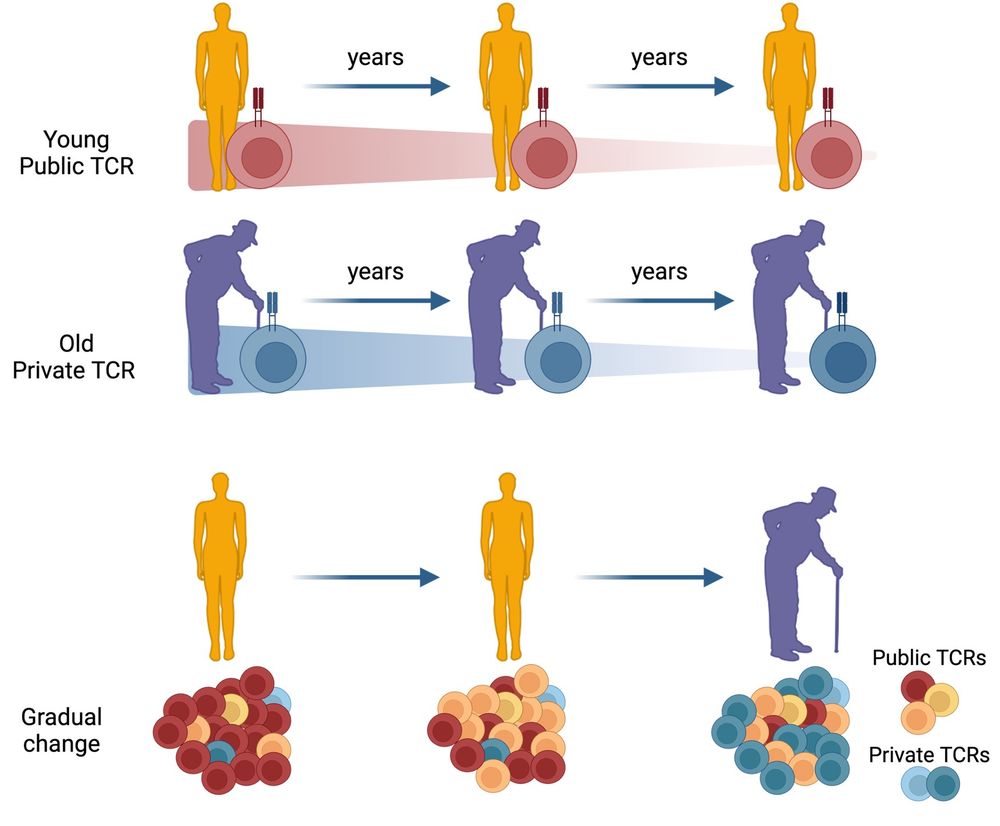Carolien van de Sandt
@cvandesandt.bsky.social
700 followers
380 following
73 posts
Team leader Murdoch Children’s Research Institute (MCRI) and Honorary Senior Research Fellow at the University of Melbourne | Immunology | Virology | Influenza | COVID19 | Aging | T cells | TCRs
Posts
Media
Videos
Starter Packs
Pinned
Reposted by Carolien van de Sandt
Tejas Menon
@tejas-the-tcell.bsky.social
· Jul 23

Central memory T cells with key TCR repertoires and gene expression profiles dominate influenza CD8+ T cell pools across the human lifespan | PNAS
Central memory CD8+ T cells (Tcm) represent the prominent memory T cell subset in
human blood, yet the persistence of T cell receptor (TCR) clonoty...
go.unimelb.edu.au
Reposted by Carolien van de Sandt
Reposted by Carolien van de Sandt











